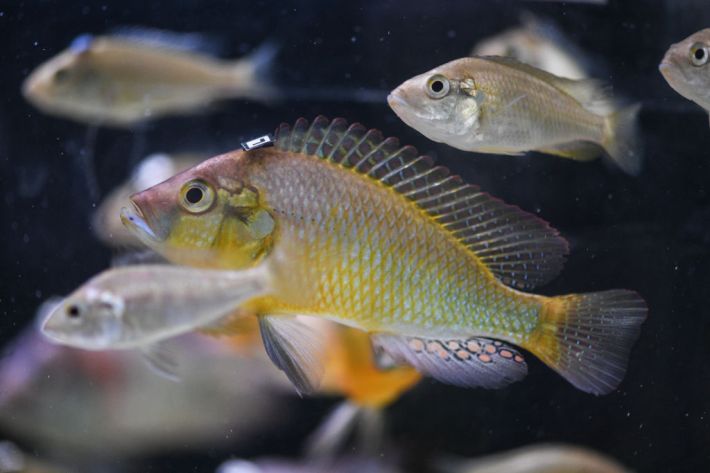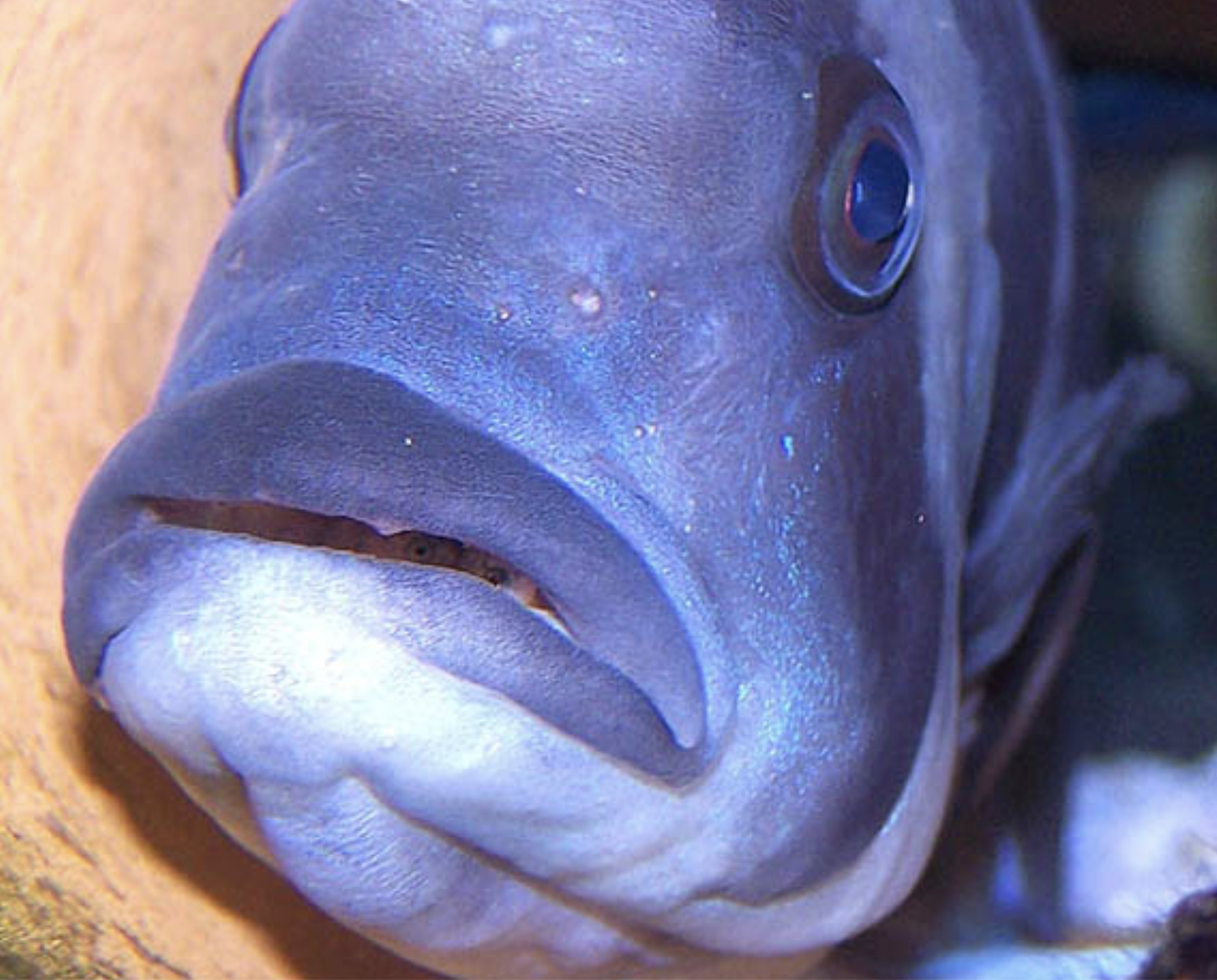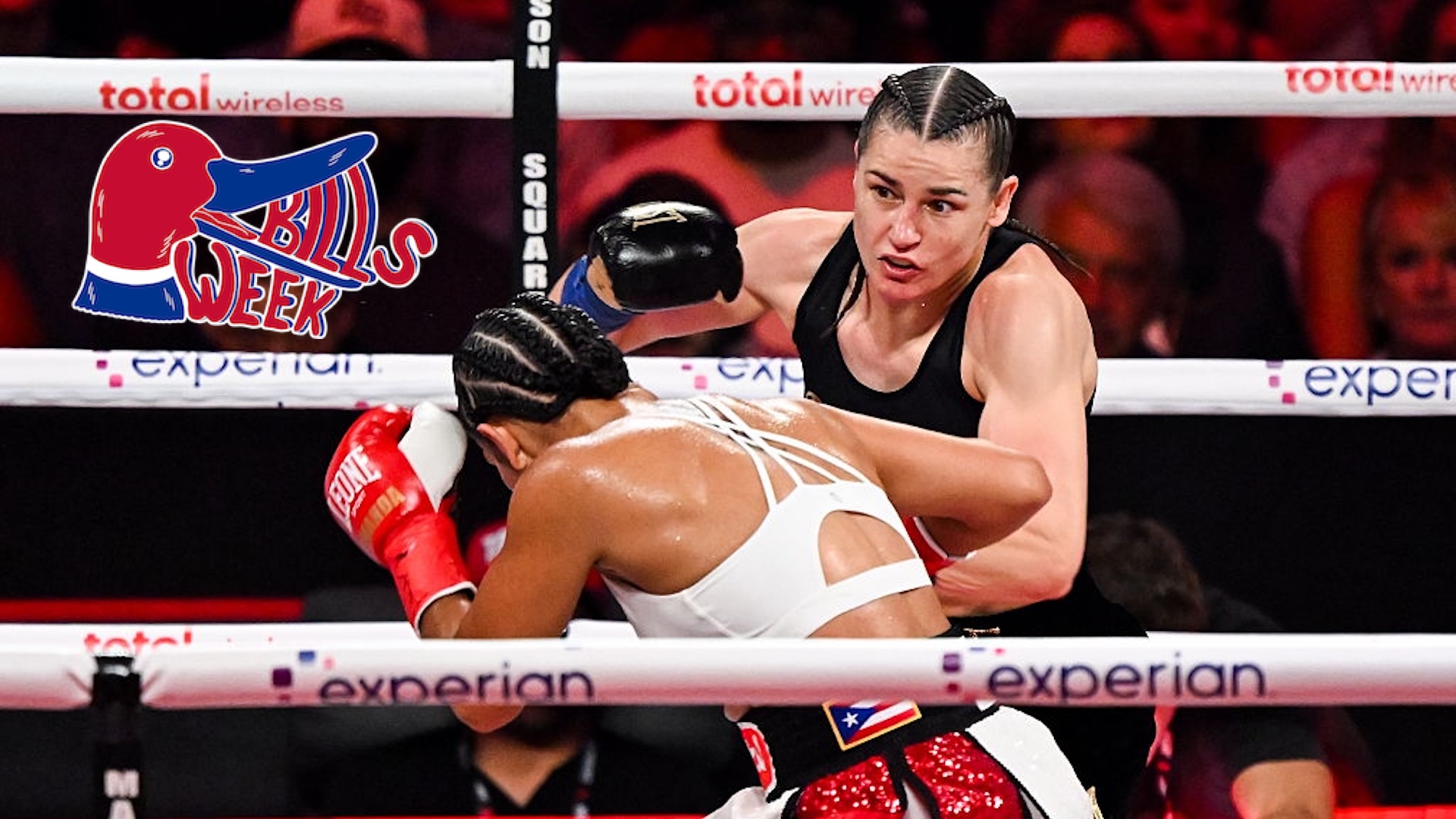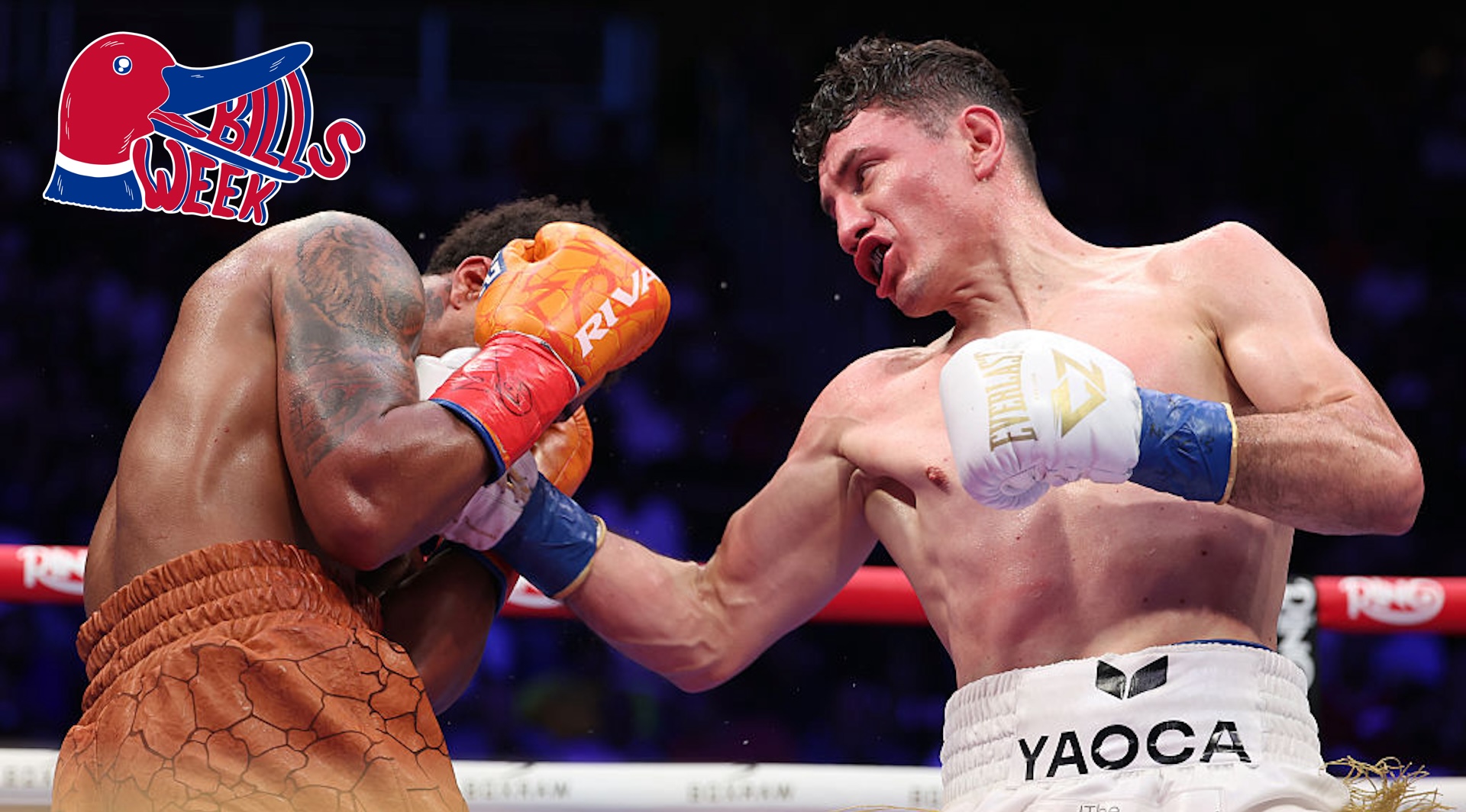It's 2022, and, against my will, cannibalism is trending. It was fun when it was just the fictional teen soccer girlies, and then quickly pivoted to not fun in the leaked texts of the very real Armie Hammer, and eventually veered into the deranged in a Twitter thread I will not link here. But in the context of the larger animal kingdom, where creatures couldn't shame a kink if they tried, cannibalism is relatively common. Birds do it. Bees do it. (The jury's out re: educated fleas.)
Animals do so much cannibalism that it can be sorted into different categories. In one particularly selfless kind of cannibalism, mothers will be eaten by their babies to ensure they have enough nutrients to survive. Female hump earwigs are entirely devoured by their offspring, a sacrifice that delays the dispersal of the young and increases their survival rate. In another practice called intrauterine cannibalism, sand tiger sharks eat their smallest siblings in the womb. The dozen embryos in one mother shark's two uteri (yes, she has two) could ultimately result in just two big, boisterous sand tiger shark pups, each the length of a baseball bat, who may also have snacked on their mothers' unfertilized eggs. But cannibalism isn't just for babies; there is also filial cannibalism, or the consumption of one's own offspring.
Most fish do not care for their young, instead simply swimming away from the waters where they spewed their sperm or eggs. But many species of fish do care for their offspring in a range of ways. After female butterfish lay their eggs in a ball on the seafloor, both parents will guard the egg ball. Male seahorses famously incubate eggs until they hatch. Filial cannibalism can take place among fish that do engage in parental care. This might sound contradictory. But the most widely accepted hypothesis about filial cannibalism as a strategy suggests the practice may offer the parents vital energy and nutrients that can be invested into the survival of their remaining, or future, babies, according to the paper "When to care for, abandon, or eat your offspring: the evolution of parental care and filial cannibalism," which was published in The American Naturalist in 2007 and appears to have been written by and for humans, not fishes.
In a new paper, published Wednesday in the journal Biology Letters, a pair of researchers investigated what the benefits of filial cannibalism might be for the mouthbrooding cichlid Astatotilapia burtoni. The mouthbrooding cichlid is a fish named after its particular parental strategy of housing its young in its mouth as they develop. Female A. burtoni cichlids hold their fertilized eggs and embryos inside their mouths for about two weeks, providing their growing babies a cozy shelter safe from predators. This shelter is great for the offspring but costly to the mother, who cannot eat for the two weeks she mouthbroods. It is not easy to starve this long, spending precious energy reserves and losing dietary antioxidants that prevent oxidative stress, which occurs when antioxidant levels are too low and can lead to tissue damage.

An earlier study on A. burtoni found the number of embryos varied significantly across the few weeks of mouthbrooding, suggesting that, like other cichlids, A. burtoni may nibble on a few of her young while they reside inside her mouth—they're already there, after all. The authors of the new paper manipulated maternal care in a group of mouthbrooding cichlids and found the mothers that cannibalized their offspring appeared to boost their own antioxidant functions. The researchers suggest the mothers may even "modulate their oxidative balance by adjusting the degree of filial cannibalism," or mixing up how many offspring they eat.
It feels safe to say that no one wants to be eaten, perhaps especially not by their mother (and if you do, may I recommend therapy?). But can you blame these mothers? Imagine starving for two weeks while holding bite-sized offspring that don't even resemble you yet inside your mouth. Two weeks! When I was in high school, one of my Mickey Mouse platy fish was pregnant for what seemed like forever and then gave birth to live young and ate them all before I got home from school. Refraining seems hard for anyone, even without the fear of breaking a taboo. It's not like A. burtoni can go out and buy a voluptuous bottle of POM pomegranate juice to recover antioxidants in bulk. In fact, it feels like a wonder that the mother cichlids don't lose control and eat all of their babies. I am awed by the mouthbrooding cichlid for her remarkable restraint in the face of great hunger, and for a willingness to compromise under the threat of bodily harm. Some babies seems better than no babies, and an alive mother seems much better than a dead one.







